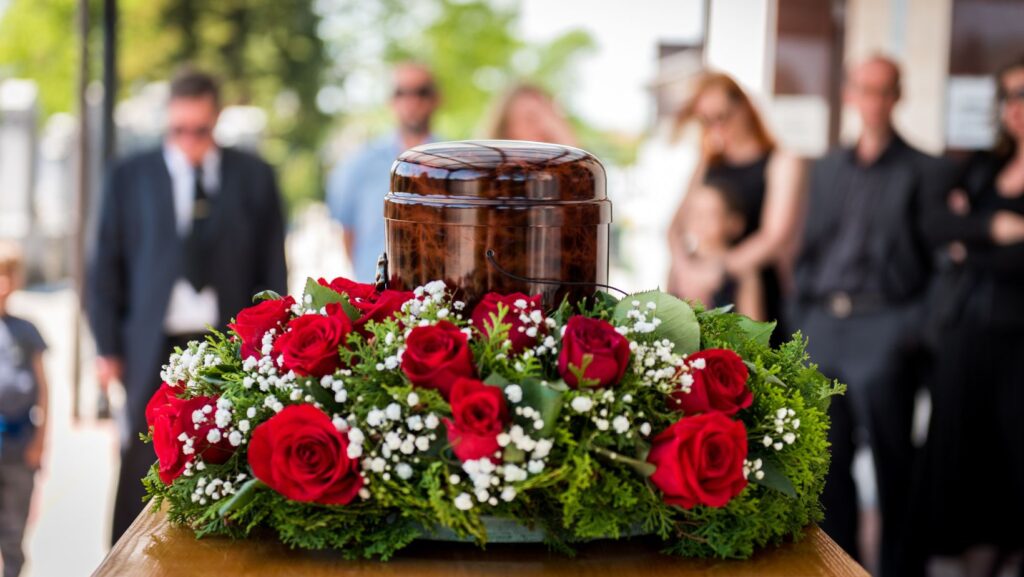Planning a funeral for a loved one is one of the most challenging tasks a person can face. During this emotional time, it’s important to take the necessary steps to create a service that honors the deceased’s wishes while also providing comfort and closure for friends and family. Whether you’re planning a traditional funeral, a celebration of life, or something in between, following a few key steps can ensure that the service is meaningful and respectful.
Step 1: Decide on the Type of Funeral Service
The first decision when planning a funeral is determining the type of service that best honors your loved one. There are several options available, including traditional religious services, memorial services, or celebrations of life. Each offers a different atmosphere and approach. For instance, a traditional funeral service might include religious readings, prayers, and hymns, while a celebration of life might focus on sharing personal memories and stories about the deceased.
Choosing the right type of service depends on the preferences of the deceased and their family. Did they express any wishes regarding how they would like to be remembered? Would they have wanted a more somber or joyful event? Answering these questions will help guide your decision.
Step 2: Choose a Funeral Venue
Once you’ve decided on the type of service, the next step is selecting the appropriate venue. Common options include funeral homes, churches, or even outdoor spaces if you’re hosting a more informal or nature-inspired ceremony.
The size of the venue will depend on how many guests you expect to attend. For smaller, intimate gatherings, a chapel or the family’s home may suffice, while larger groups may need to use a larger facility. Consider the atmosphere that the venue will create, and whether it fits with the type of service you’re organizing.
Step 3: Hiring a Licensed Funeral Director
A licensed funeral director plays an invaluable role in helping you navigate the complexities of funeral planning. They provide professional guidance, handle many of the logistical details, and assist with the necessary paperwork, including death certificates and permits.
In addition, a funeral director will coordinate with other service providers, such as florists, musicians, and caterers, ensuring that everything runs smoothly on the day of the service. For many families, this professional help alleviates a lot of the stress during an already difficult time. For expert help, click here and contact Alterna Cremation, a reputable provider that can guide you through the process.
Step 4: Personalizing the Service
A meaningful funeral service often incorporates personal elements that celebrate the life of the deceased. Think about ways to infuse the service with touches that reflect the personality and interests of your loved one.
You might choose to display a slideshow of their favorite photos, play music they love, or have family members share readings and stories. Other options include lighting candles, offering a memory table with personal belongings, or allowing guests to leave written tributes. These personal touches are what make the service feel unique and special, helping everyone remember the individual in a way that feels true to who they were.
Step 5: Managing the Guest List and Invitations
Creating a guest list for the funeral is another important step. It’s helpful to divide attendees into immediate family, extended family, friends, and colleagues. If the deceased had a large social network, you may want to limit attendance to close family and friends to keep the gathering intimate.
If distance or health concerns are an issue, you might also consider offering virtual attendance options, such as streaming the service online for those who can’t make it in person. Once you’ve determined the guest list, you can send out formal invitations or publish an obituary with the details of the service.
Step 6: Addressing Practical Considerations
Finally, it’s crucial to manage the practical details surrounding the funeral. This includes arranging for transportation, such as a hearse for the deceased and family cars for close relatives. Additionally, floral arrangements, memorial programs, and any post-service receptions should be coordinated well in advance.
For many families, the service doesn’t end at the gravesite or cremation ceremony there is often a reception or meal afterward where guests can gather to continue sharing memories. You’ll need to consider whether to hire a caterer or host the gathering at a local restaurant or event hall.
Conclusion
Planning a meaningful funeral service involves a lot of decisions, but taking it step by step can help ease the process. From choosing the type of service and venue to personalizing the ceremony and hiring a licensed funeral director, each element plays a vital role in creating a respectful and memorable event. Remember to seek professional help when needed, and take your time to ensure that your loved one’s life is honored in the best way possible.



